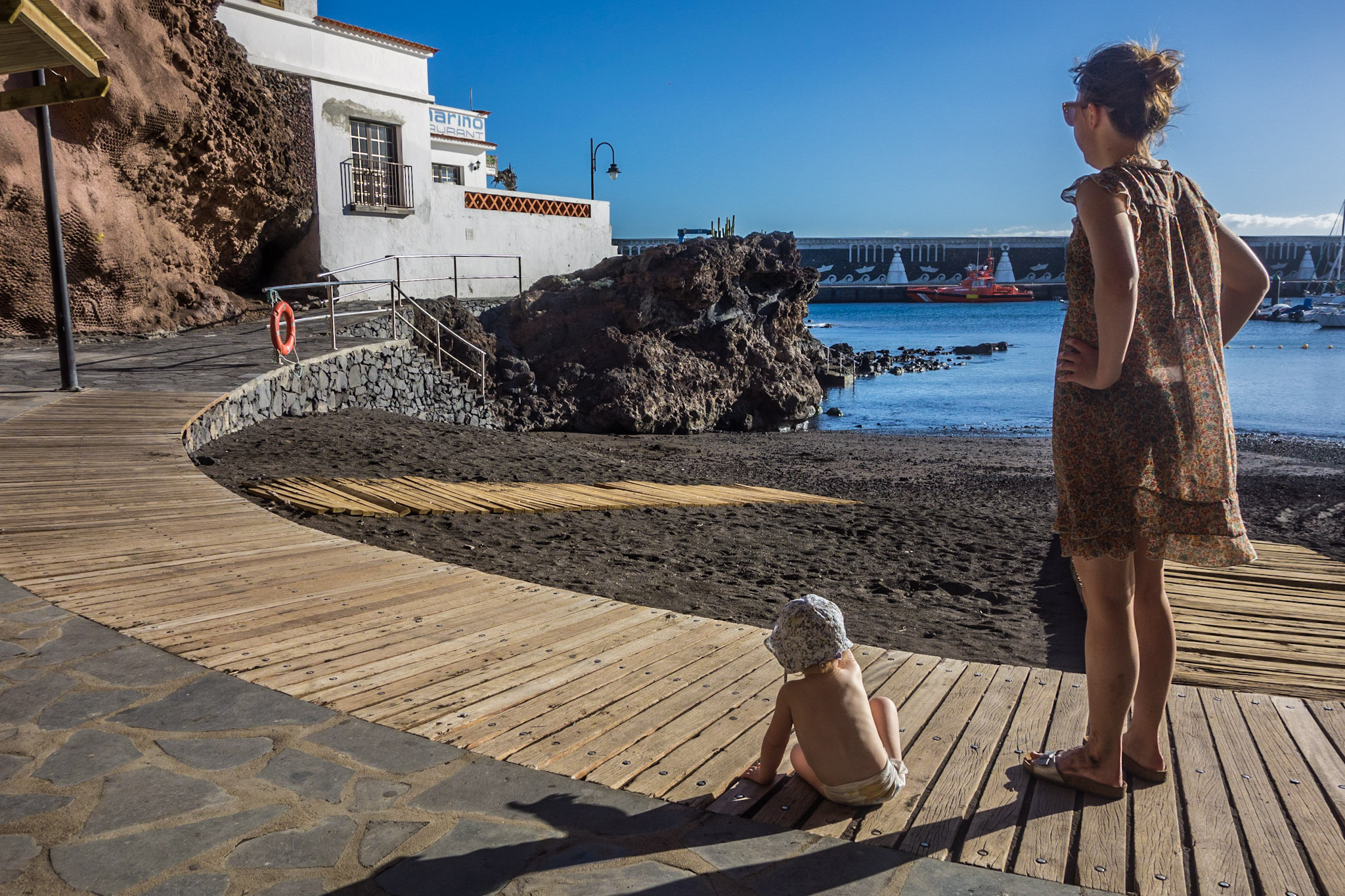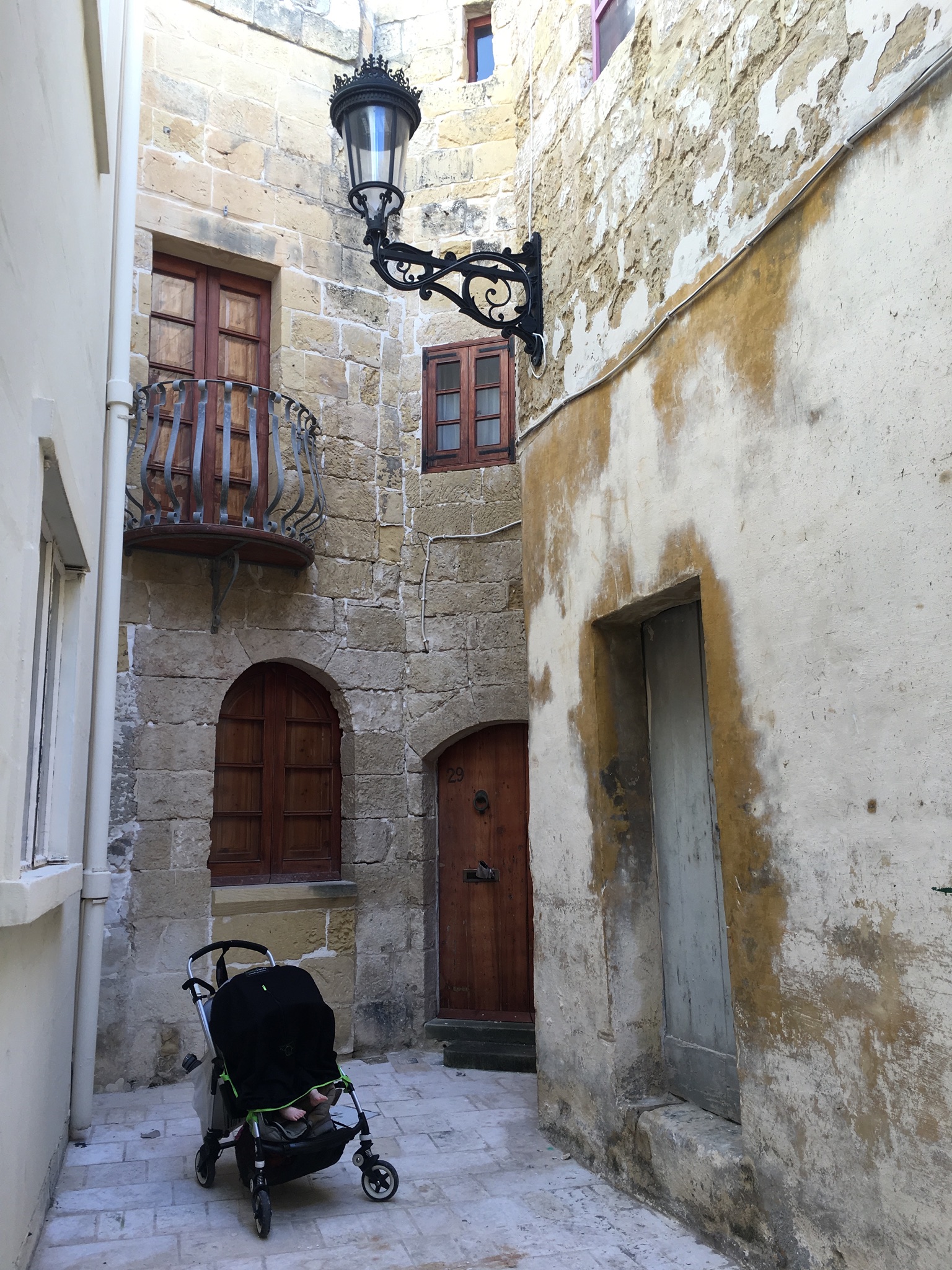Taking your little one out in hot weather can be nerve-wracking. So here are some tips on how to protect that perfect skin from the sun, whether you’re on holiday somewhere exotic or adventuring close to home.
It’s best to keep babies and children out of direct sunlight entirely, particularly at the hottest time of the day, between 11am and 3pm. Put your little one in lightweight clothing so she’s as covered up as possible and use baby-safe sunscreen on any exposed areas. For visits to the beach, swimming pool or paddling pool, a UV-protection suit and hat provide excellent coverage. A sun tent (I like this pop-up one that doubles as a travel cot) means you’ve always got somewhere shady to lay your baby down.
Sunscreen

Choose a sunscreen with an SPF (this tells you how much protection the sunscreen offers from UVB radiation) of at least 30 and a UVA star rating of four or five to get maximum coverage. My paediatric dermatologist friend recommends the Australian brand SunSense – it doesn’t actually include a separate UVA rating because in Australia all sunscreens must screen UVA as well as UVB. An SPF50+ sunscreen will filter out at least 98% of UV radiation.
Remember that sunscreen can go off, particularly if the bottle has been left in the sun for extended periods. Have a look for an expiry date on the packaging; if there isn’t one, use it within a year. If you notice the cream has a strange consistency or smell, that probably means it’s degraded, which means it’ll offer less effective sun protection and might even cause irritation to your child’s skin.
Apply sunscreen when doing your baby’s final nappy change before leaving the house – it’s much easier to get consistent coverage when your little one is naked. Apply it all over just in case – you never know when a toddler might decide to strip off, and you want her to be protected if when she does. The easiest way to apply sunscreen to a baby or toddler is with a roll on; these small bottles are expensive for the quantity you get, so I suggest buying a big bottle and making your own roll on from an empty roll-on deodorant – just pop the ball out with a spoon, wash and refill.
Persuading a wriggling toddler to let you apply sunscreen can be challenging, particularly when you’re already out and about and she wants to be dashing around. For some reason the baby girl loves putting on cream (it might be because I used to do a bit of baby massage at bedtime so it’s got cuddly associations for her, but really, who knows?) so I tend to make a big thing of sunscreen, to make it seem like a treat rather than something tedious to be endured. Reapply every two hours, or more frequently if your little one has been in water.
On the move

Most pushchair brands make a sun canopy you can attach to keep your baby in the shade when on the move. Personally I find the canopy easier to use than attaching a parasol. A pushchair sleep shade will give you even fuller coverage for when your baby is sleeping.
Now that the baby girl is a bit bigger she hardly ever lets us put the sun canopy up, so it’s a matter of covering up with clothing, a hat (if she can be persuaded to wear a hat; and it’s a big if – I’d welcome tips on how to talk her into it!) and sunscreen.
For a babies in a front-carrying sling, all you need is a hat and sunscreen for her hands and feet. Wearing a wide-brimmed hat yourself can offer extra coverage. Backpack carriers, where your child is high up on your back, often come with a built-in or attachable sun canopy – make sure yours has one before investing.
Dealing with sunburn
If your baby or toddler gets sunburnt, get her out of the sun as soon as possible. Talk to your GP – they may want to see your child to check that the sunburn isn’t severe. In the meantime, cool the skin by applying a damp muslin square or flannel for 15 minutes a few times a day, give her tepid baths, and get her to drink plenty of fluids to cool her down and prevent dehydration. Apply water-based moisteriser (oil-based products can worsen burns) to relieve any itching and give baby paracetamol or ibuprofen if the sunburn is causing her pain.


